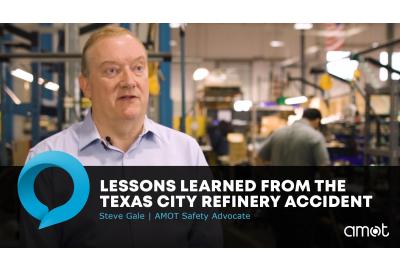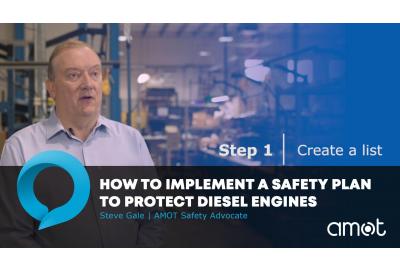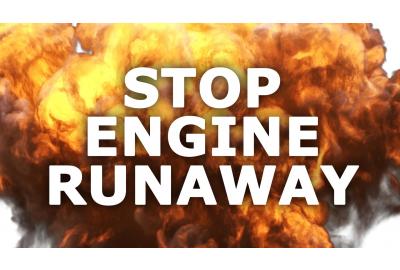On March 23, 2005, one of the worst refinery accidents in the United States happened at the BP Texas City Refinery. Fifteen people died & 180 others were injured when a raffinate overflow, equal to a tanker truck of gasoline, erupted from the blowdown drum. Ninety seconds later, the vapor cloud ignited. In addition to the human casualties, 40 trailers were destroyed, 50 storage tanks were severely damaged, fires burned for hours and the refinery’s ISOM unit was so damaged, it shut down for 2 years.
Our video below delves into what happened and what we can learn from this accident.
While the Chemical Safety Board reported a series of human errors that led to the vapor release, the running diesel engine of a pickup truck parked only 8 meters from the blowdown drum was the source of ignition. You can read the full report on the CSB website.
According to the report, two workers sitting inside the truck heard the diesel engine begin to race as vapors entered the air intake system. They tried turning off the ignition key, but it didn’t stop the engine. So, they ran away. Witnesses then saw the truck backfire and ignite the vapor cloud. There’s a name for what happened, and it’s called diesel engine runaway.
If you’re thinking to yourself that this was an unfortunate, but isolated, incident you’d be mistaken. The CSB reported that between 2000-2002, there had been more than 80 hydrocarbon releases at the Texas City plant. Vapor leaks can happen at any given time on any given site. And if there’s an engine operating nearby, there’s a risk of runaway.
CSB findings lead to recommendations by industry groups, such as API, and regulations were enacted in several countries. In Canada, for example, all diesel engines without air shut off valves must be kept a minimum of 25 meters from drilling wells. And Canada also requires all trucks transporting fuel to have automatic air shut off systems installed on the engines. In other countries, many refineries, gas plants, LNG production areas, tank storage farms, and upstream production sites have similar safety requirements.
AMOT recommends oil and gas safety professionals perform risk assessments where engines are used in places at risk of a hydrocarbon release. So, what are you doing on your site to help prevent similar accidents?












